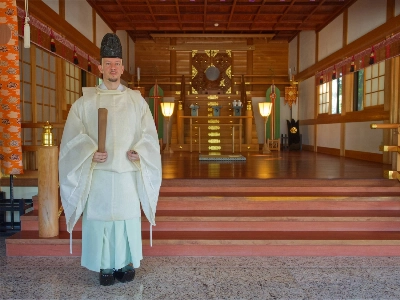Michael Huffman of Kyoto University's Primate Research Institute was watching a group of wild chimpanzees in Western Tanzania in 1987 when he saw something that first puzzled and then astonished him. His subsequent work has changed how we think about animal feeding behavior and has important implications for human medicine.
Huffman and his colleague Mohamedi Kalunde, a game officer at the Mahale Mountains National Park, were following the chimps when they realized that one of the group, an adult female called Chausiku, was ill. She slept while the others fed on figs and ginger, and when the group moved on, she followed slowly, without feeding, frequently stopping to rest. When she came to a small tree the locals call mjonso (Vernonia amygadalina), she peeled off the bark from some shoots and chewed on the pith, swallowing the juice and spitting out the fibers.
Huffman was confounded because in 10 months of observations he'd never seen chimps eating this plant, and none of the others in the group ate it. Kalunde confirmed that it is rarely eaten by chimps, probably because of its bitter taste. Huffman then asked if the WaTongwe, the local people, have a traditional use for the plant. Kalunde told him, "Yes, it is very strong dawa (medicine)."


















With your current subscription plan you can comment on stories. However, before writing your first comment, please create a display name in the Profile section of your subscriber account page.